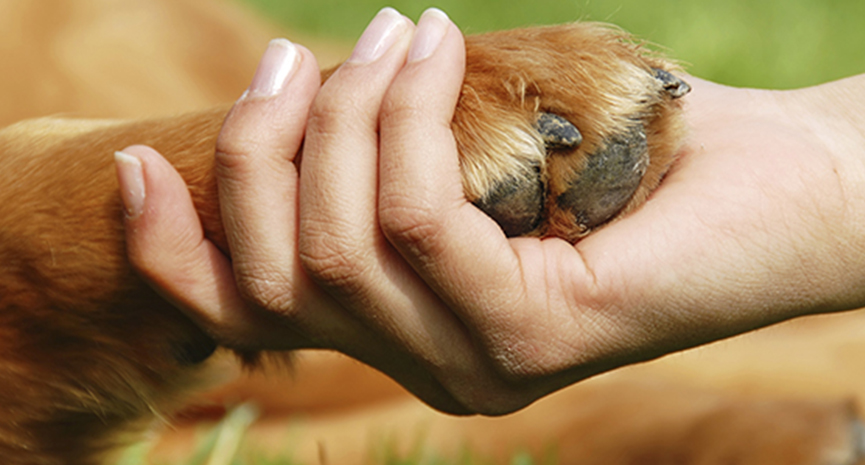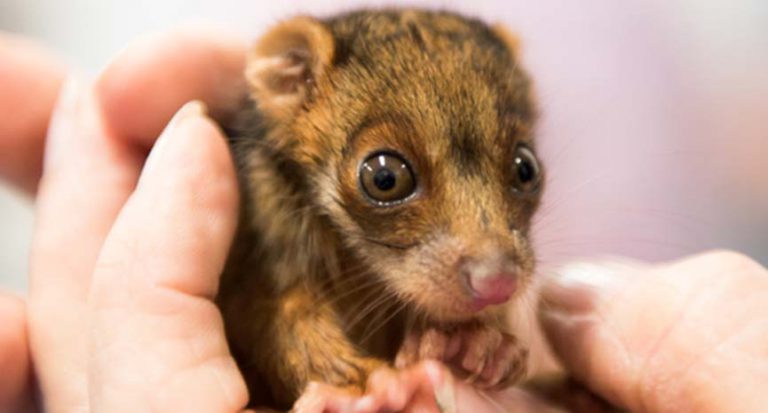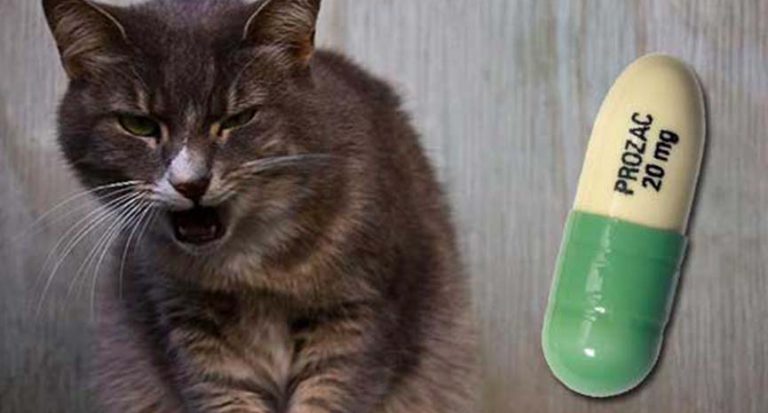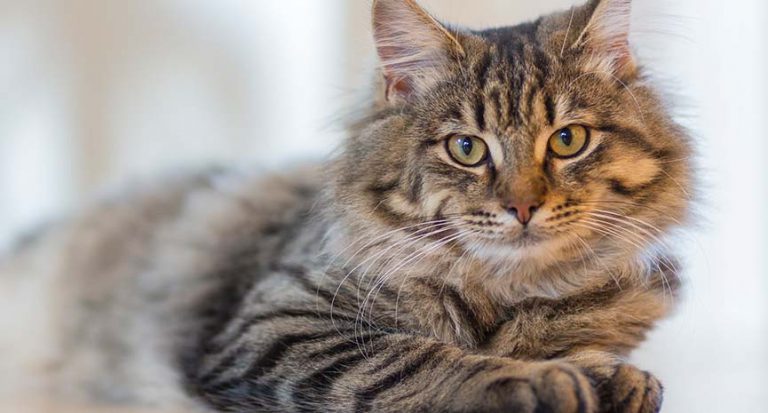It is said there are 43 million homes in the US that have a dog or two and 37 million with at least one cat. And when you add up all the pet birds, fish, hamsters, rabbits and the other animals kept as companions, you end up with a whopping 69 million pet-owning households in this country with over 350 million pets! More pets than humans share this country!
Going green in all aspects of your life is more than just driving less, buying local and recycling. We often experience health benefits when we change the products we use or the ways we bring these products or solutions into our lives. Our pets can benefit as well. Since they often live in the same environments as we do (same house or yard), they are also affected by the decisions we make about cleaning products for the home and body, and the quality of water and food we provide.
Considering these facts, it is not surprising that eco-friendly pet lifestyles are all the rage. In return for that “eco pet” care and love, your pet will show their gratitude by giving you many happy healthy years together.
Here are some, not all, “green” pet tips for a friendly pet lifestyle.
Why not adopt from a shelter? Some pet breeders have only one goal–to raise large quantities of purebred animals for profit. Some of the worst have been pilloried for misdeeds such as overbreeding, inbreeding, poor veterinary oversight, lousy food and living conditions, overcrowding, and culling of unwanted animals reflecting on the good breeders as well. But why buy when you can adopt one (lots of pure breeds find their way into shelters) of the 70,000 puppies and kittens born every day in the United States? Love knows no pedigree. Check out local shelters to find your perfect match!
Spay or neutering your pet should be a fundamental for any and all owners. Did we mention thousands of puppies and kittens are born every day in the United States? And “multiplying like bunnies” isn’t just a joke. We don’t need any more homeless animals than we already have. As a bonus, spaying and neutering helps dogs and cats live longer, healthier lives by eliminating the possibility of uterine, ovarian, and testicular cancer, and decreasing the incidence of prostate disease. Not to mention eliminating the neighborhood searches conducted when someone else’s pet is in heat.
Rein in your pets; protect native wildlife by always keeping your dog on a leash when outside, and try to keep your feline (mini tiger!) indoors. Topped only perhaps by habitat destruction, cats are the biggest, bird killers of all time wind turbines have nothing on them. While you may view high cat-related bird-mortality rates as collateral damage in the great scheme of things, domestic cats do have an unfair advantage. Unlike wild predators, house cats are always well fed, well rested, and in tip-top fighting shape. They’re also present in more concentrated and rapidly increasing numbers.
That aside, two out of every three vets, according to the Humane Society of America, recommend keeping cats indoors because of the dangers of cars, predators, disease, and other hazards. The estimated average life span of a feral cat is less than three years; an indoors-only cat lives an average of 15 to 18 years. If kitty needs to heed the call of the wild, an outdoor cat enclosure is a good compromise.
Swap junk food out of a pet’s diet because most conventional pet-food brands you find at the supermarket consist of reconstituted animal by-products, otherwise known as low-grade wastes from the beef and poultry industries–you know, inedibles you wouldn’t touch with your own ten-foot fork. In fact, the animals used to make many pet foods are classified as “4-D,” which is really a polite way of saying “Dead, Dying, Diseased, or Down (Disabled)” when they line up at the slaughterhouse. Unless that can of Chicken Delite explicitly states that it contains FDA-certified, food-grade meat, you should know that its contents are considered unfit for human consumption–but apparently good enough for your cat or pooch.
Natural and organic pet foods use meats that are raised in sustainable, humane ways without added drugs or hormones, minimally processed, and preserved with natural substances, such as vitamins C and E. Certified-organic pet foods must meet strict USDA standards that spell out how ingredients are produced and processed, which means no pesticides, hormones, antibiotics, artificial preservatives, artificial ingredients or genetically engineered ingredients.
Even better why not make your own pet food? Many vets advocate a raw food diet for domestic animals claiming it’s healthier for the animals. Just be sure you provide all the nutrients your pet needs. While ratios of protein, vegetable, and carbohydrate in homemade pet food recipes tend to vary, generally the rule for a good balance is 40% proteins, 30% vegetables, and 30% carbohydrates. Once you have found the right balance and consulted with your vet to ensure that the nutrients your pet is receiving are adequate, you can mix up a couple of batches a week and store them appropriately.
Many pet owners who make their pets’ food at home report astonishing improvements in the health and vitality of their animals, after even a short period of time on home-cooked food. If the idea of becoming a full-time pet chef is just crazy talk, making the occasional meal or treat is completely doable. Those broccoli stalks left over from your last stirfry also make some tasty morsels for your pup.
Clean up the poop or hire someone to do it. Scoop up your doggie’s stuff in biodegradable poop bags so your buddy’s No. 2 isn’t immortalized in a plastic bag, while buried in a landfill somewhere for thousands of years. Cat owners should avoid clumping clay litter at all costs. Not only is clay strip-mined (bad for the planet), but the clay sediment is also permeated with carcinogenic dust that can coat a cat’s lungs (bad for the cat). Plus, the sodium bentonite that acts as the clumping agent can poison your cat through chronic ingestion through their fastidious need to groom. Because sodium bentonite acts like expanding cement–it’s also used as a grouting, sealing, and plugging material–it can swell up to15 to18 times their dry size and clog up your cat’s insides. Eco-friendly cat litters avoid these problems.
In fact why not compost their poop? American dogs and cats create 10 million tons of waste a year, and no one knows where it’s going. Most of our pets’ poop either winds up in a landfill purgatory, where it’s embalmed practically forever in plastic bags, or sits on the ground until the next rainstorm washes it into the sewer where it can drift on down to rivers and beaches. You can compost the poop–just don’t use it with your vegetable garden, because the compost doesn’t heat up enough to kill pathogens such as E. coli., which could contaminate your homegrown produce and land up in your (very unhappy) belly.
If you have room in your backyard, you can bury an old garbage bin, far away from your vegetable garden to use as a pet-waste composter. Or check out the Doggie Dooley. The makers of the Doggy Dooley also sell an enzymatic “Super Digester Concentrate” for your backyard pet septic system.
Give animal companions sustainable goods and help rein in our throw away society mentality. Our furry friends can get in on some saving-the-planet goodness, and have plenty of fun–with toys made from recycled materials or sustainable fibers (sans herbicides or pesticides) such as hemp. A hemp collar with matching leash is a ultra fashion accessory for any tree-hugging mutt. These days, you can even get pet beds made with organic cotton. And your cat will love you forever if you grow your own organic catnip or cat grass. Scrap yarn and fabric you might otherwise toss can also easily be transformed into pet toys with some basic crafty know-how. And they wouldn’t have had to be trucked thousands of miles just to get drooled on.
The best toys we at The PG ever had were simple ones made by our own hands. A short stick plus 5 feet of string plus a piece of folded paper exhausted a Siamese cat after just fifteen minutes of play.
Use natural pet-care and cleaning products on your companion. You don’t use toxic-chemical-laced shampoos and beauty products in your daily life, so lather up your cats and dogs (or ferrets, rabbits, or hamsters–we don’t judge) with natural pet-care products, as well. And if your cat delivers up a hairball, or your canine doesn’t make it all the way to the bathroom, clean up the mess with cleaning products that are as gentle on the planet as they are on your critters’ delicate senses. Local pet stores are filled with options.
Pets, not fads… Sure, everyone’s ovaries ping when they see a baby chick or a bunny during Easter, but nature dictates that baby bunnies grow up into rabbits, and little chicks into full-size chickens. Unless everyone involved understands that a pet is a long-term commitment that involves demands on both their time and money, you’re better off giving a child a stuffed animal. Impulse buying (say, rushing out and grabbing the next available Dalmatian puppy after watching 101 Dalmatians) isn’t a good idea, either, as the large numbers of fad dogs that pass through shelters can attest. Every one reading this repeat the following–especially you, Paris Hilton: Pets are not fads or fashion accessories.
Here where it gets cold in winter melt the ice using a pet-safe deicer such as Safe Paw’s environmentally friendly Ice Melter. Rock salt and salt-based ice-melting products, which animals might accidentally ingest, can cause health problems, while contaminating our wells and drinking supplies.
Why not tag your pet? It might be a stretch to call inserting an electronic ID chip into your pet an eco-friendly move, but losing your buddy causes extreme emotional distress that turns you into nobody’s friend. Then there’s the paper waste from printing out “Missing” posters, the fuel cost of driving around your neighborhood trying to find them, the phone bill as you bawl your eyes out to everyone you know… well, you get the idea. Ask your vet for more info. For hanging tags, look out for recyclable (and recycled) aluminum ID tags.
Maybe Scruffy will only drink water from an electric-powered water fountain, or perhaps you have a self-cleaning litter box from before you went green–we all have corpses buried in our backyards. Why not revisit local the pet stores to see the newest green offerings available. So much has and is changing that visiting often will almost always turn up something new.
So as you become a greener pet owner, consider the positive effects this lifestyle will have on the health and longevity of your pet’s life! Many of the ways to be a green pet owner are the same ways you treat your health and body. Pick just one area to change each month and before you know it, your companion animals will be just as green as you!





